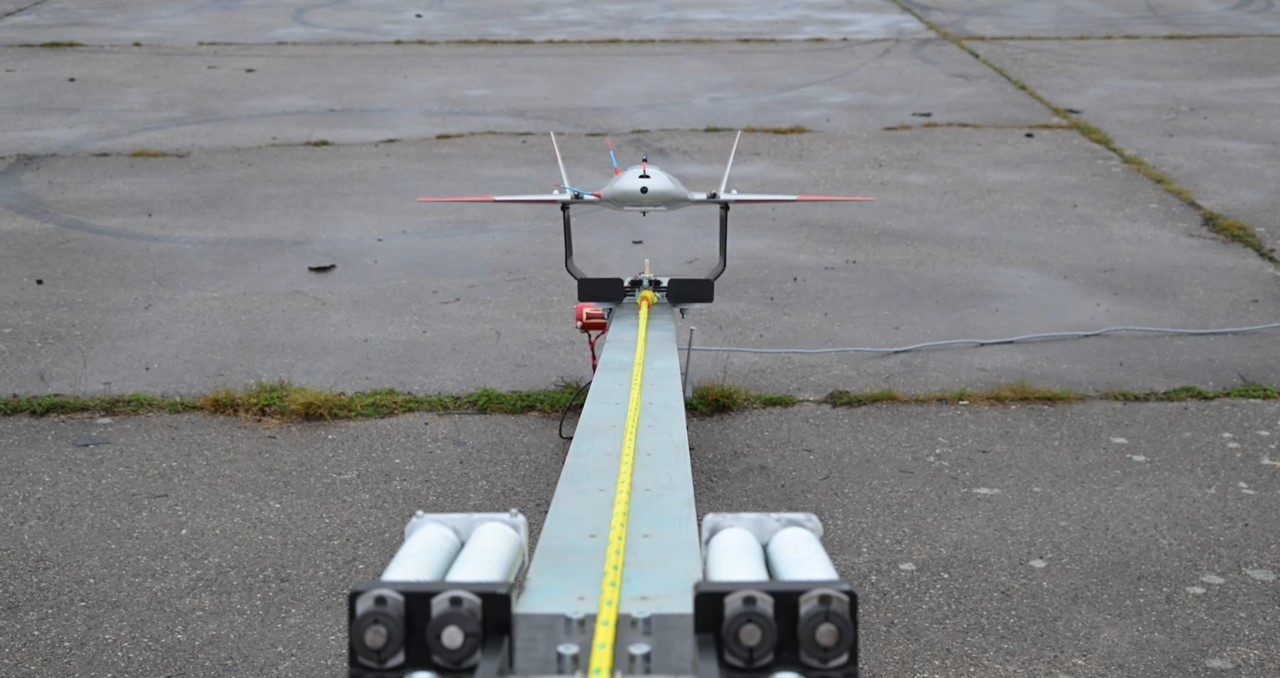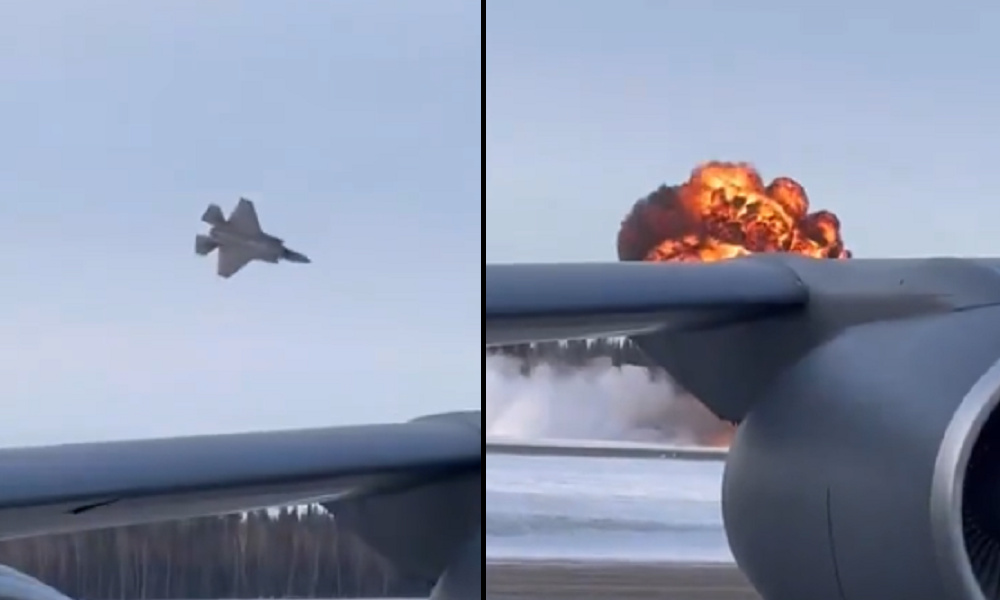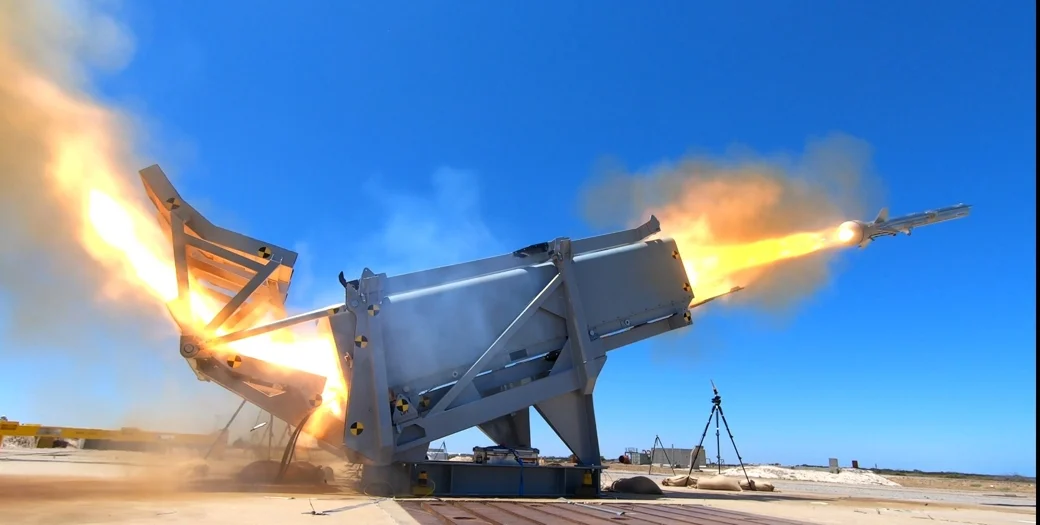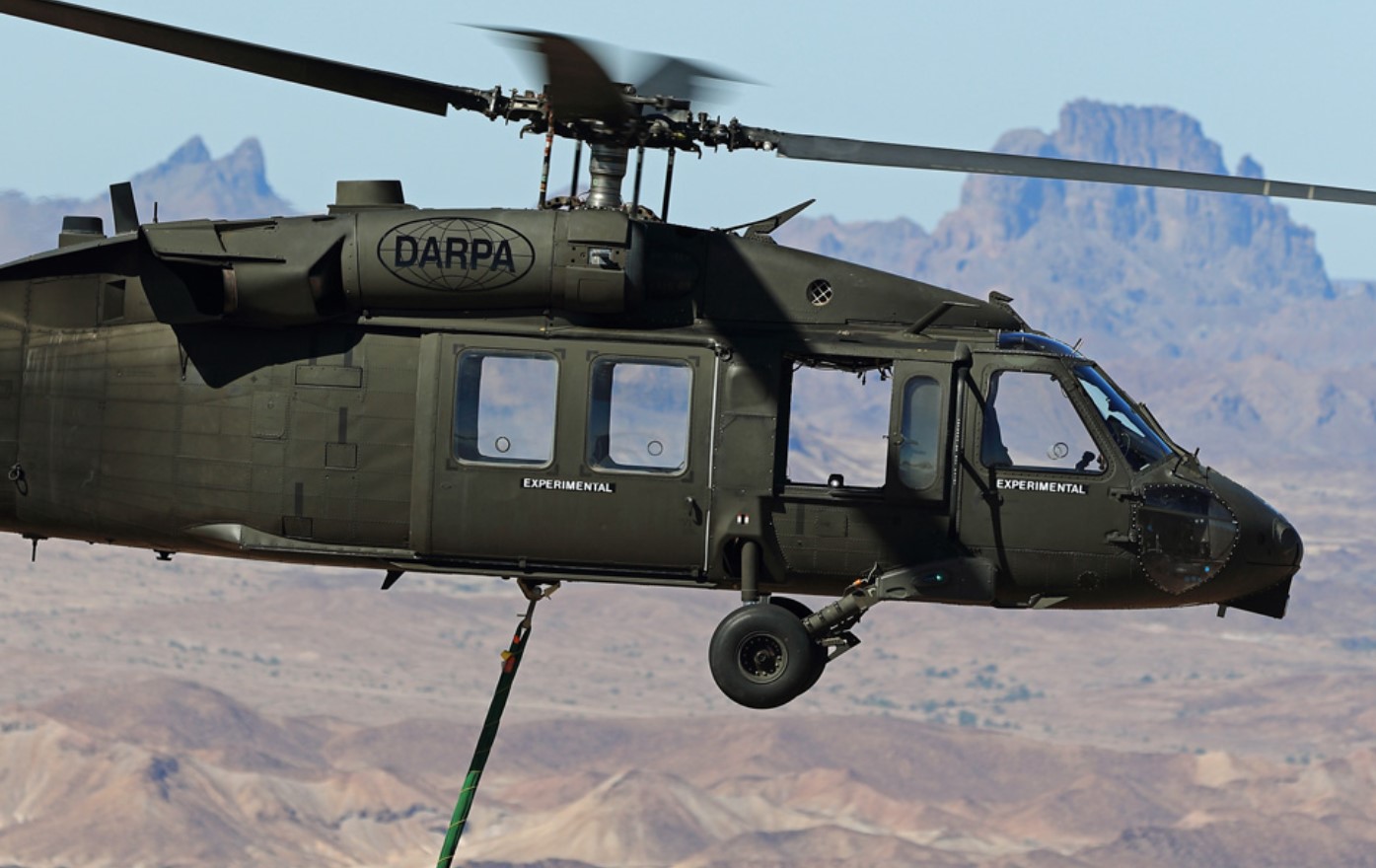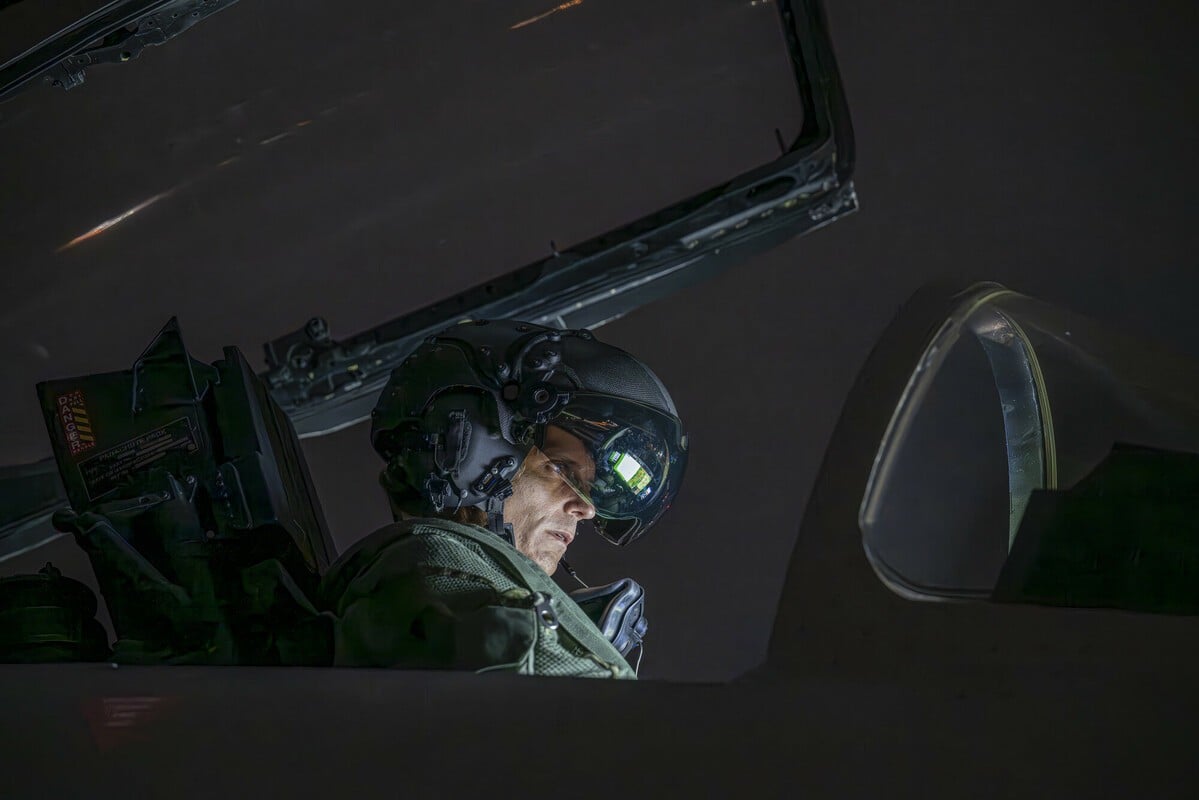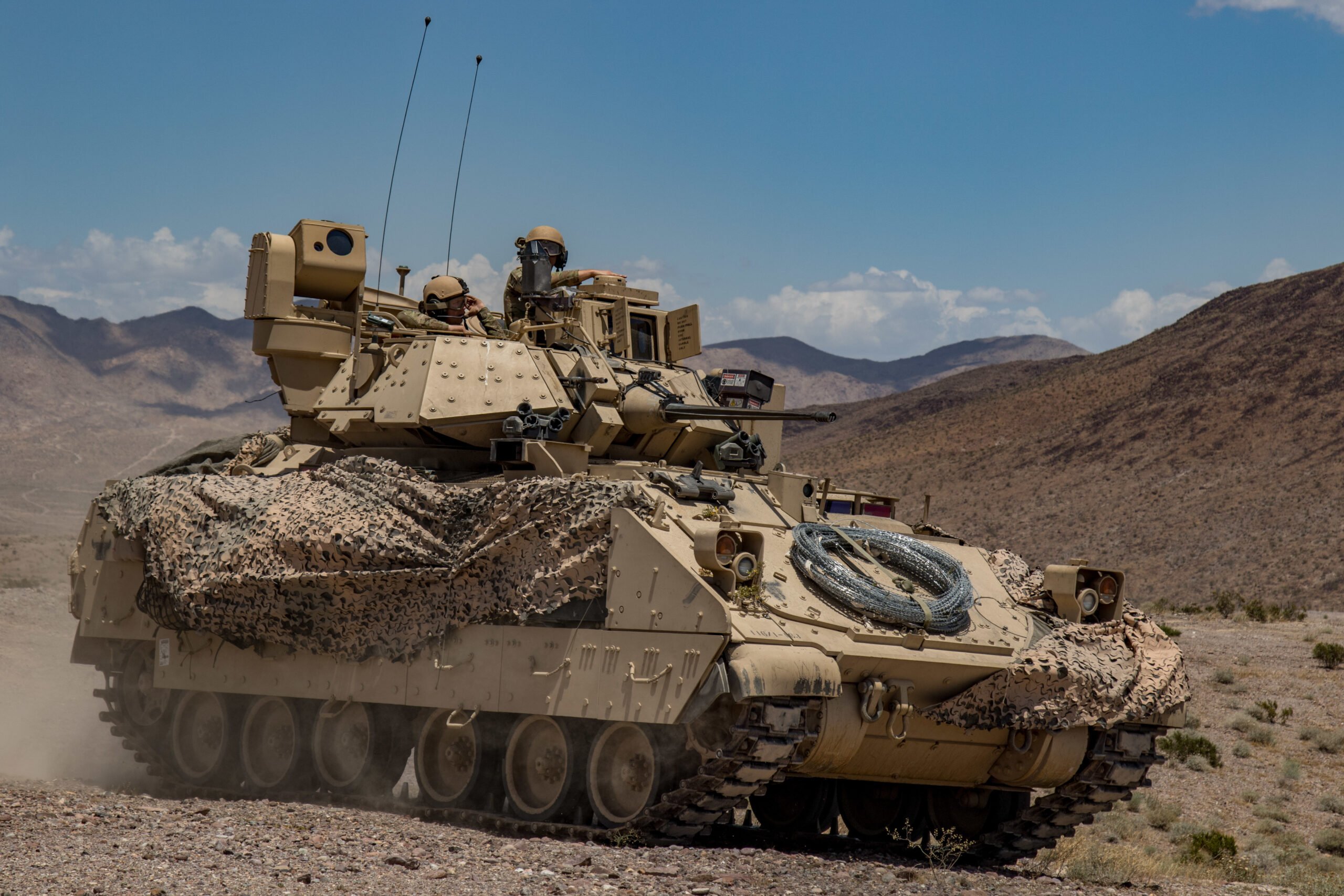Two American technology firms have recently put their advanced Hitchhiker interceptor drone to the test on the Ukrainian frontline, marking a significant step in combat drone technology. IronNet, noted for its AI-driven cybersecurity solutions, and Asterion Systems, which specializes in counter-drone technologies, have come together to present this innovative platform. The primary purpose of the Hitchhiker interceptor is to neutralize hostile attack drones, prominently including those manufactured in Iran, known as Shaheds.
One of the standout features of the Hitchhiker is its all-electric propulsion system, which promises to lower both operational and maintenance costs compared to traditional air defense systems, such as the renowned Patriot missile system. This development comes at a critical time when the dynamics of warfare are rapidly changing, particularly with the increasing reliance on drone technology.
The capabilities of the Hitchhiker extend beyond merely countering enemy unmanned aerial vehicles (UAVs). It is also equipped to detect, classify, and track aerial threats, thereby improving battlefield awareness and response times in combat scenarios. Mike Hewitt, a director at IronNet, has described the Hitchhiker as a “game-changer,” suggesting it holds the potential to fundamentally alter the landscape of contemporary warfare.
Although the drone has been showcased to officials within the Ukrainian military, its future adoption remains uncertain. The increasing prominence of drones in the ongoing conflict illustrates a shift toward technology-driven warfare. Both Ukrainian and Russian forces have come to depend heavily on UAVs for a range of tactical applications, including reconnaissance, striking targets, and conducting surveillance.
The conflict has seen Russia utilizing Iranian-made Shahed drones to undermine critical Ukrainian infrastructure in its military strategy. In response, Ukraine has augmented its drone capabilities significantly, achieving remarkable successes in long-range strikes as evidenced by a record-breaking drone operation targeting a Russian oil refinery nearly 1,200 kilometers (746 miles) from the border in May. Furthermore, Ukraine has introduced its Palianytsia long-range rocket drone, designed specifically to engage more distant targets within Russian territory.
As both sides continue to innovate and adapt their strategies, the integration of next-generation technologies like the Hitchhiker interceptor could play a pivotal role in shaping the outcome of the conflict. The ongoing developments underscore the critical importance of drone warfare in modern military engagements, highlighting a new era where technology increasingly dictates the flow and effectiveness of combat operations.

